Clear communication is the backbone of teamwork and efficiency, especially in industries where staying connected can make or break operations. Whether you’re coordinating tasks on a noisy construction site or managing a large-scale event, having the right technology can save time, enhance safety, and ensure tasks are executed seamlessly.
Two-way radios enable teams to stay connected, but there’s more to using them than simply pressing a button and speaking. Follow this guide to clear communication with two-way radios to learn what impacts their clarity so your crew can stay in touch and complete tasks with less effort.
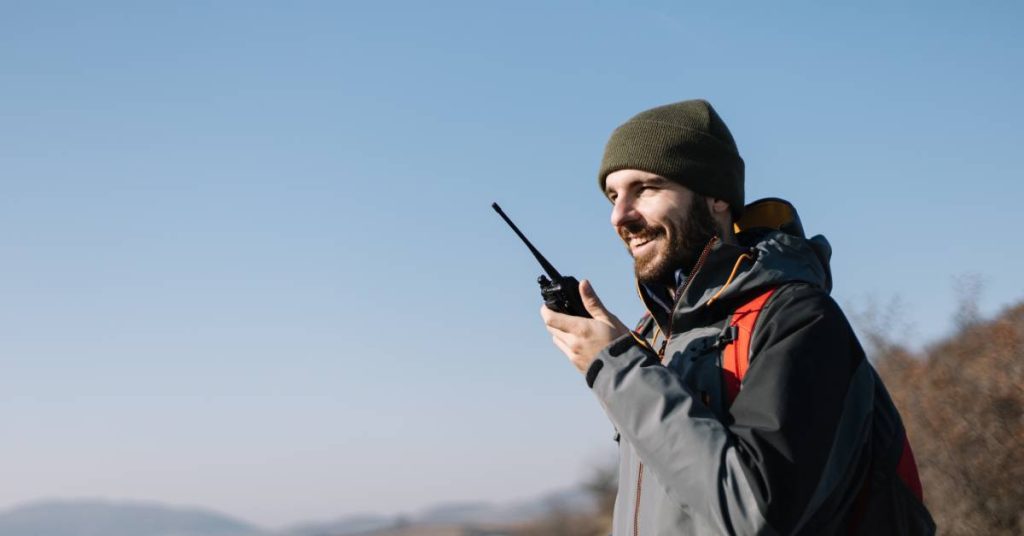
The Basics of Two-Way Radios
Two-way radios, also known as walkie-talkies, are portable devices that allow users to transmit and receive audio messages over radio frequencies. Unlike smartphones, two-way radios don’t require cellular networks, making them a reliable choice in areas with limited connectivity.
Key Components of Two-Way Radios
Here’s a breakdown of the fundamental components of two-way radios:
- Push-to-talk (PTT) button: allows users to transmit messages when held down
- Microphone and speaker: transmits and receives audio messages, often combined into a single unit on the radio
- Antenna: sends and receives radio waves to and from other radios
- Channels and frequencies: allows users to select specific channels for targeted communication
- Battery pack: provides the power to keep the radio operational over extended periods
How Do They Work?
Two-way radios operate using radio frequency waves to send and receive audio messages. When you press the PTT button, your voice is converted into radio signals and transmitted on a frequency to other radios on the same channel. This instant communication ensures quick and direct responses that are vital in fast-paced environments.
Situations Where Two-Way Radios Are Vital
Two-way radios are often deployed in situations where teams must stay in touch to convey critical information in real time.
Emergency Services
Two-way radios are crucial in emergency services such as police, fire, and medical teams. They allow for quick, reliable communication in critical moments when every second counts. This ensures timely coordination to save lives and manage crises.
Construction Sites
On construction sites, two-way radios help workers stay connected across large areas or multiple jobsites. They are essential for coordinating tasks, ensuring safety protocols are followed, and addressing issues as they arise.
Large Events
During concerts, festivals, or sporting events, organizers and security teams rely on two-way radios to manage crowds, coordinate staff, and respond to emergencies. Their ability to function without relying on cellular networks makes them dependable in areas with poor signal coverage.
Warehouses and Manufacturing
Two-way radios facilitate communication in warehouses and manufacturing facilities. They help streamline operations, maintain worker safety, and quickly address equipment malfunctions or other workplace issues.
Remote Locations
For work in remote areas like mines, oil rigs, or wilderness expeditions, two-way radios ensure continuous communication where cellular networks may not be available. This is critical for maintaining safety and operational efficiency in challenging environments.
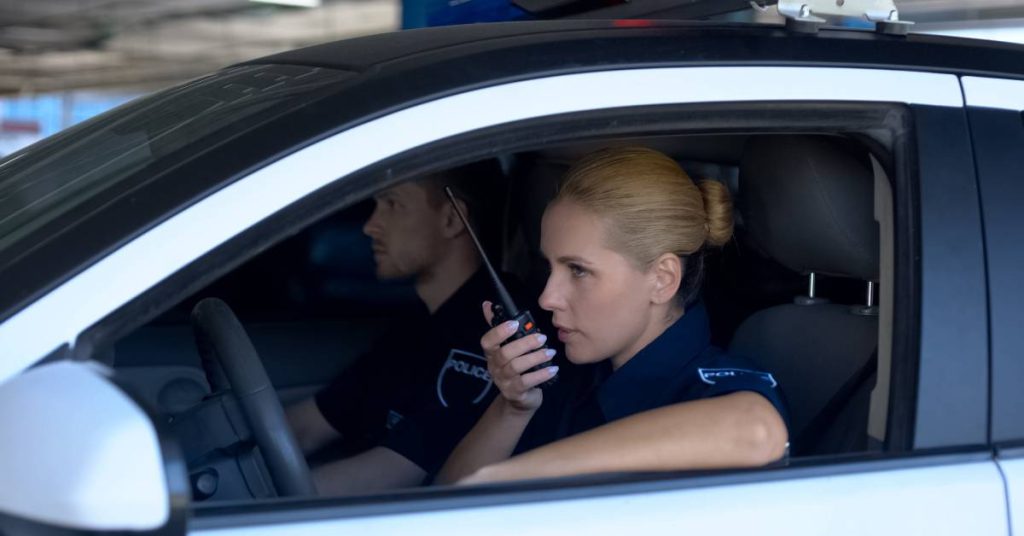
The Role of Clear Communication With Two-Way Radios
When it comes to two-way radios, the value of clear communication cannot be overstated. It directly impacts how well teams perform and how effectively they respond to challenges.
Enhancing Efficiency
Clear communication ensures team members understand instructions the first time, reducing errors and the need for repeated messages. For example, on a construction site, prompt and precise instructions eliminate downtime caused by miscommunications.
Boosting Safety
Miscommunications in high-risk industries like security or emergency response can lead to accidents or even life-threatening situations. Clear radio communication helps report emergencies quickly, ensuring swift and coordinated responses.
Improving Teamwork
Strong communication fosters collaboration. When all team members are on the same page, tasks are completed faster, and there’s less confusion or misalignment. Two-way radios enable instant communication, contributing to smoother workflows and better teamwork.
Factors Affecting Communication Clarity
Despite their utility, several factors can interfere with the clarity of communication through two-way radios. Here’s what you need to watch out for.
Environmental Factors
- Noise pollution: Loud environments such as construction sites or concerts can make it hard to hear or interpret messages.
- Physical obstructions: Structures like walls, buildings, and dense vegetation can weaken radio signals, reducing clarity.
- Weather conditions: Elements like heavy rain or electrical storms can disrupt signal quality.
Technical Factors
- Signal range: Two-way radios have a limited range, and communication becomes less clear as you approach the range limit.
- Battery life: Low battery levels can cause poor audio quality or interruptions.
- Channel congestion: Using the same channel as other teams or groups can lead to overlapping messages and confusion.
Human Factors
- Improper usage: Speaking too quickly, too softly, or too loudly can affect how your message is received.
- Lack of etiquette: Talking over others or failing to confirm messages can lead to miscommunication.
- Unfamiliarity with equipment: Users not fully trained in using radios may struggle to operate them efficiently.
Best Practices for Clear Communication
Mastering two-way radio communication involves more than pushing a button. By implementing these best practices, you can significantly enhance clarity and ensure seamless teamwork.
1. Speak Clearly and Concisely
Always speak at a moderate pace, and use straightforward language to ensure your message is easily understood. Avoid using jargon or ambiguous terms that may confuse the listener.
2. Use Proper Radio Protocol
Follow established radio protocols, such as identifying yourself and your intended recipient at the start of each message. This helps avoid confusion and ensures the message reaches the correct person.
3. Confirm Message Receipt
After sending a message, request confirmation from the recipient to verify that they understood it correctly. Similarly, when receiving a message, repeat key details to confirm accuracy.
4. Avoid Overlapping Conversations
Be mindful of others, and wait for a break in communication before transmitting your message. This reduces the risk of messages overlapping and keeps the channel organized.
5. Perform Regular Equipment Checks
Ensure your radio equipment is functioning properly before use. Test the microphone, speaker, and battery to avoid technical issues during critical communication.
6. Stay Calm and Professional
Maintain a calm tone, even during high-pressure situations, to avoid creating unnecessary confusion or stress. Clear and professional communication is essential for effective collaboration.
The Future of Two-Way Radios
Technology is reshaping the capabilities of two-way radios, making communication even clearer and more effective.
- Noise-canceling technology: Advanced microphones and speakers now filter out background noise for clearer communication.
- Integration with smart devices: Modern radios can pair with smartphones and tablets for advanced capabilities like GPS tracking and real-time data sharing.
- Improved durability: Rugged radios built to withstand harsh working conditions are becoming the standard.
Looking ahead, the integration of AI-powered features, such as automated message transcription or language translation, may further revolutionize how teams communicate.
Stay Connected and Communicate With Confidence
For organizations operating across industries, two-way radios serve as invaluable tools for boosting teamwork, safety, and productivity. With this guide to clear communication with two-way radios, you’ll ensure seamless and effective conversations with your team.
Are you in need of a new battery for your two-way radio? A Motorola APX 6000 extended battery may be just what you need. See for yourself how Battery Distributors can help keep your communication channels intact!



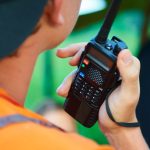
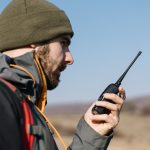

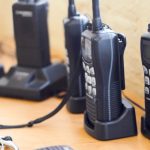
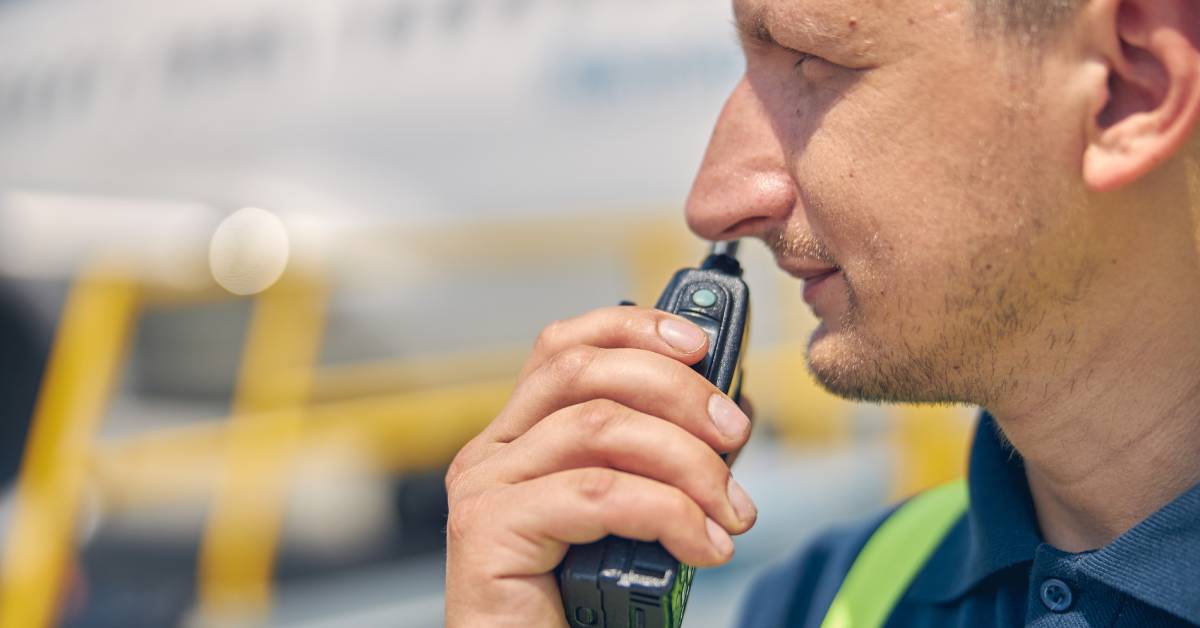
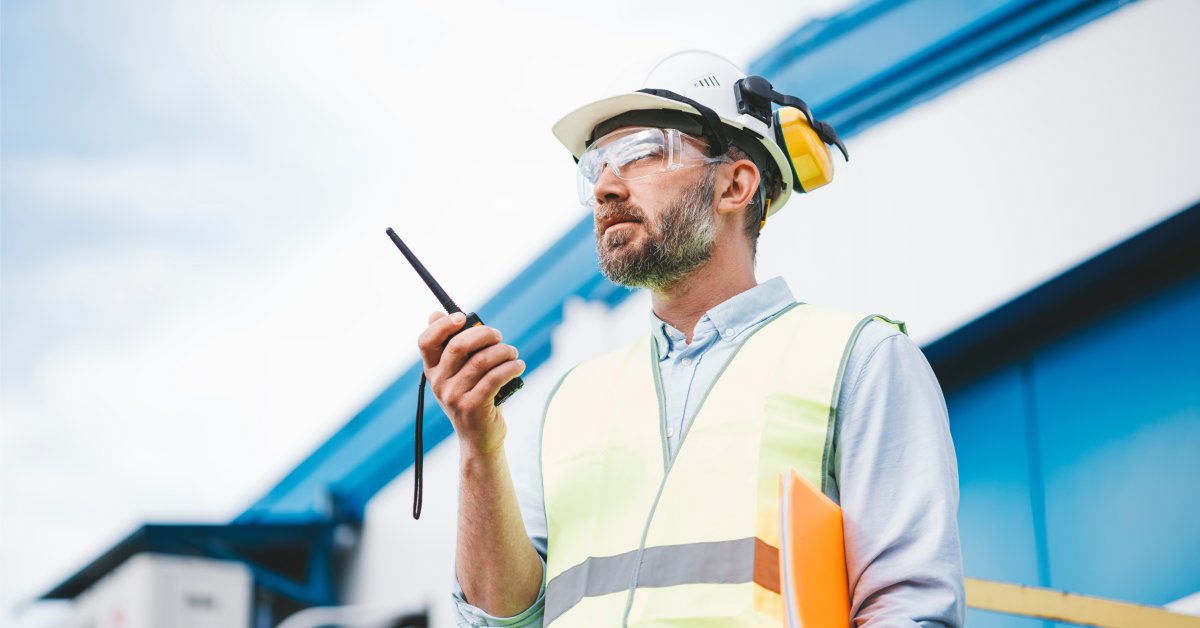
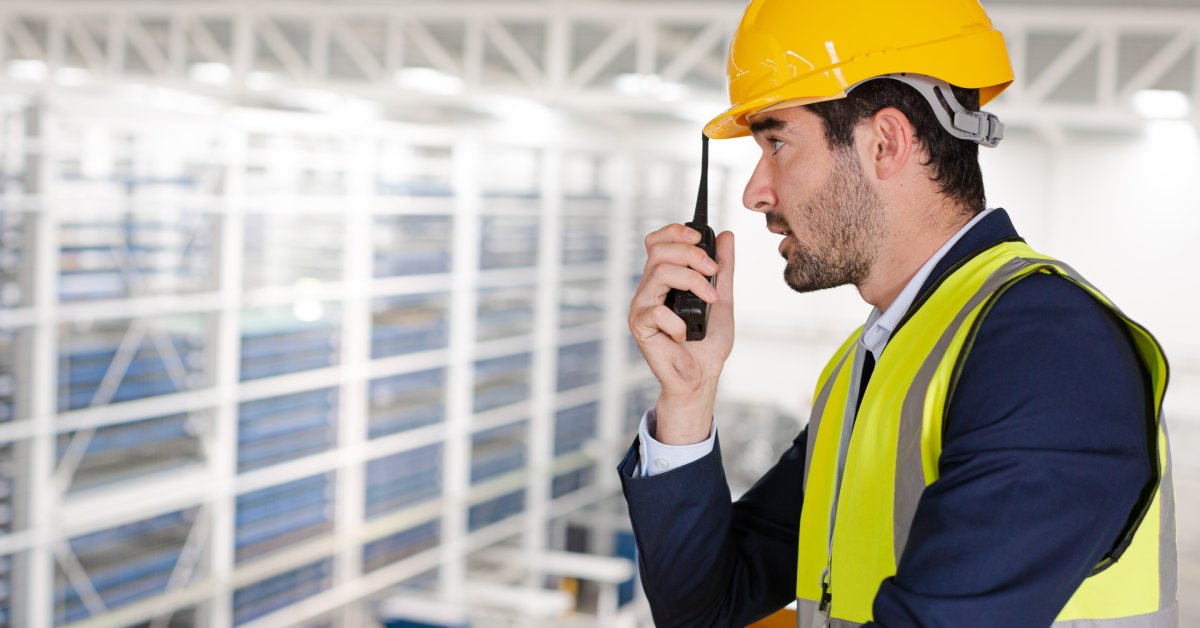
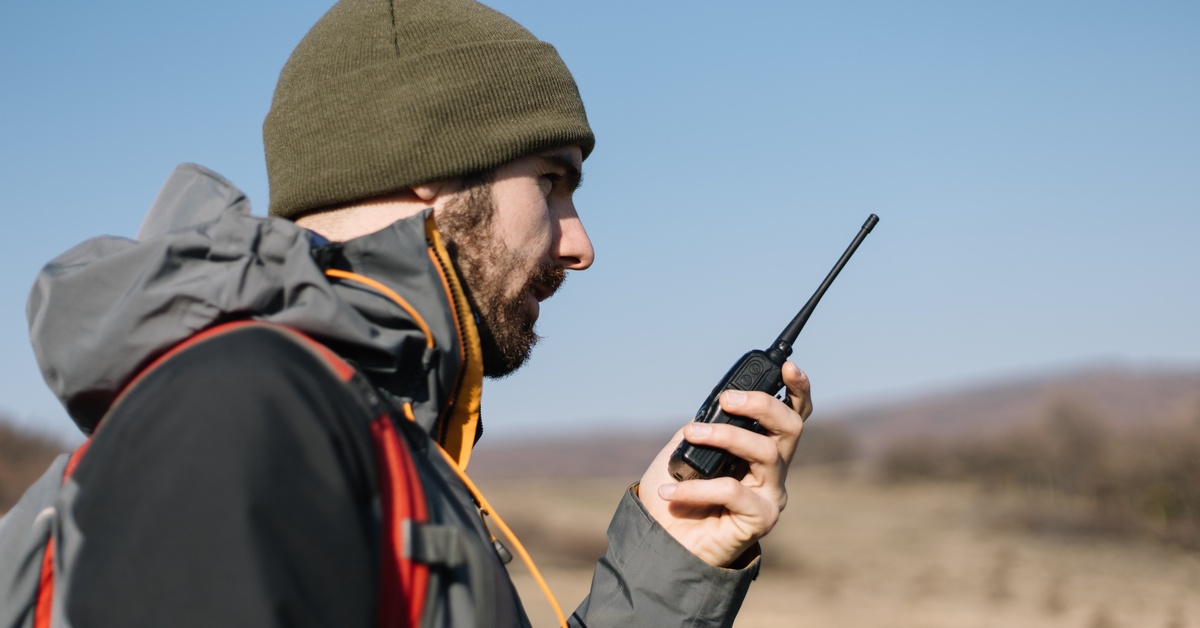
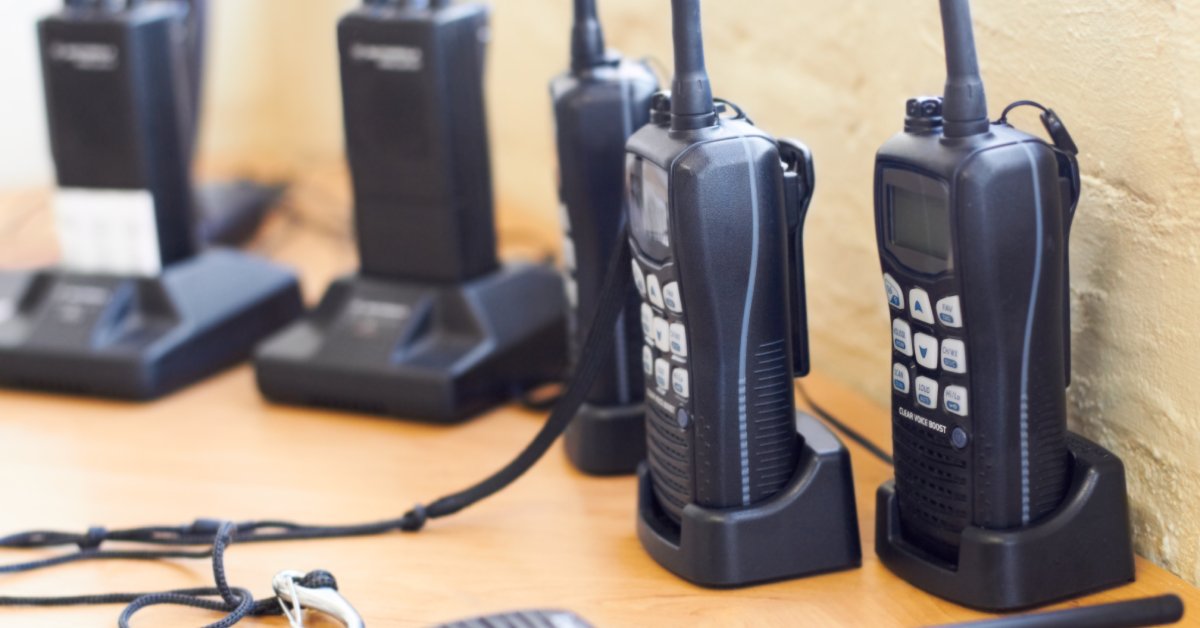
5 thoughts on “A Guide to Clear Communication With Two-Way Radios”